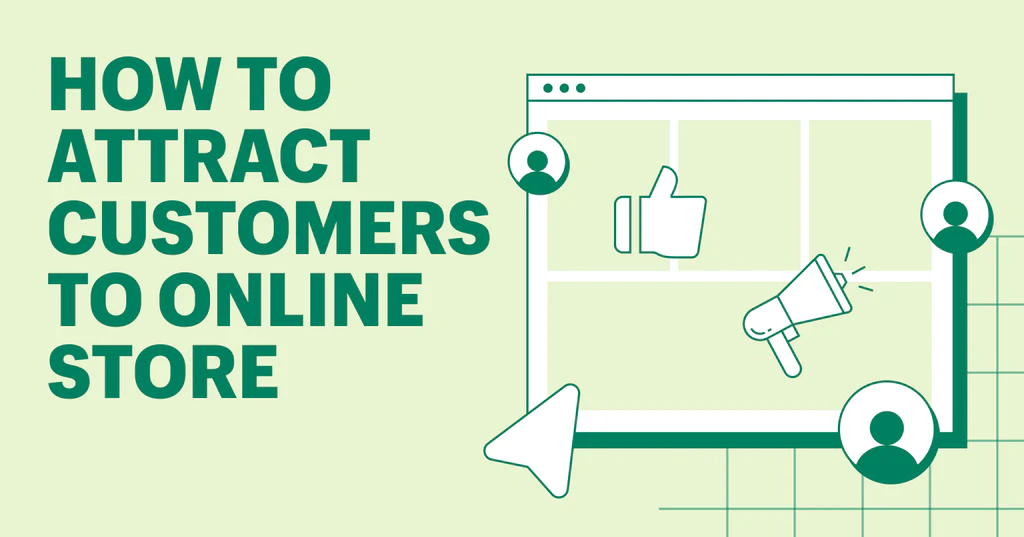
Strategies to Attract Customers to Your Online Store

It’s impossible to make sales through your online store if nobody is visiting it.
The problem: Entrepreneurs fall into the trap of thinking any website visitor is a good one. In reality, sending low-quality traffic—people with no interest in what you sell—dampens conversion rates.
The greater overlap between your products and a visitors’ interest, the higher your chances of making a sale.
So, how do you attract customers to your online store—those who will actually buy? This guide shares 17 smart strategies.
17 ways to attract customers to your online store
- Optimize your social media bios
- Partner with creators and influencers
- Run flash sales and promotions
- Write optimized blog content
- Optimize your product descriptions
- Start a free quiz
- Create YouTube videos around trending topics
- Land press coverage
- Build an email newsletter
- Use SMS campaigns
- List your store on free advertising sites
- Run Google Ads campaigns
- Host a referral marketing program
- List your business on review aggregator sites
- Go local
- Host a giveaway
- Run retargeting campaigns
1. Optimize your social media bios
Social media is a powerful tool to drive traffic to your online store. The only problem? Most social media platforms don’t like when brands divert people off the platform.
Instagram, for example, only allows one link in your profile bio. There’s no way to divert people to a specific page on your ecommerce website, making it difficult to execute social campaigns that increase web traffic.
Work around this issue using Linkpop to create a landing page that diverts people to your most-viewed pages, such as:
- Product pages of bestselling items
- Popular item category pages
- Your brand story
- Lead magnet landing pages
- Other social media profiles
Pink House is one ecommerce retailer using this strategy. It uses Linkpop to explain the brand’s USP and divert people toward its newsletter sign-up page, other social media channels, and retail locations. Its bestselling product, the Face Fix Serum, claims the most real estate on the page—a tactic to drive social media users toward its online store.

2. Partner with creators and influencers
Run an influencer marketing campaign that leverages a popular social media user’s existing audience to drive website traffic. Research shows that 61% of consumers trust influencer recommendations (compared to just 38% who trust branded social media content).
The key is to find creators and influencers whose target audience overlaps your own. Find them on TikTok Creator Marketplace or Instagram search, and collaborate with them through:
- Sending free gifts
- Paid sponsored content
- Inviting them to be an affiliate
Richard Clews, founder of Pants & Socks, is one small-business owner using this approach to increase brand awareness. He’s partnered with several famous athletes, including Jason Roy, the famous England and Sussex cricketer, and world-class boxer Nick Campbell.
“This is a great way for us to increase our reach, because although we are a specialized niche, our target audience is quite large—men 18+,” Richard says. “Sports has been a perfect way for us to reach different age groups in our target audience.
“With some of our partnered athletes, we have run a really cool campaign where we change the location of our logo on their gear or uniform, announce it on social media, and offer a 15% to 20% discount code to anyone who can identify the location in whatever game, match, or tournament they may be participating in.”

These influencer marketing campaigns generally net a conversion rate between 2.4% and 3.2%—much better than the 1.4% an average ecommerce store sees. But, Richard adds, “The couple of times we have tried this campaign, we have seen week-long increases as high as 7% to 8% conversion rate.”
Read more:
- Influencer Pricing: How Much Should You Pay?
- How To Use Influencers To Drive Sales: 7 Tips for 2022
- Shopify’s Entrepreneur-in-Residence: ‘No, Influencer Marketing Isn’t Overhyped’
3. Run flash sales and promotions
Research shows that 37% of shoppers often look for coupons before making a purchase online. Use them as a hook to stand out from social media noise and give people an incentive to visit your online store. That could be:
- Percentage discounts
- Limited time sales, such as “30% off for the next 24 hours”
- Free shipping thresholds, such as “spend $50 for free next-day shipping”
- Product bundles, which combine two or more products at a lower price than buying each one individually
Create the coupon using discount apps like Daily Deals, MyBulk, or Wheelio.
Stephen Light, co-owner and CEO of mattress company Nolah, advises to then promote them in Facebook Groups: “Facebook is the home to thousands of private communities, each with niched members. It would be strategic to join a few of these groups dedicated to ecommerce customers in search of deals.
“You can super-charge your website traffic and sales by announcing your promotions within these communities,” Stephen says. “Since most of the members are actively seeking discounts on items, this technique is guaranteed to invite conversion-ready leads to your online store.”

4. Write optimized blog content
Did you know that 48% of shoppers start their shopping journey on search engines like Google? Search engine optimization (SEO) is a content marketing strategy that helps your ecommerce store appear in their search engine results page.
Write blog content that targets keywords your target audience is searching for. If you’re selling Apple Watch straps through your online store, for example, that could be “best apple watch straps for men” or “are apple watches waterproof.”
Follow SEO best practices to get your blog content to rank in search engines. That includes:
- Embedding the keyword in meta tags, alt text, and headings
- Building internal links that direct visitors to similar pages on your own website
- Using a short, clear, easy-to-read URL structure
- Actively distributing the blog post on social media channels
- Build backlinks to your website from external websites
Illuminate Labs, for example, publishes health-related blog posts on its website. President Calloway Cook says, “In July of 2021 we started content marketing as the core strategy to drive traffic to our Shopify store. We began to publish several well-researched articles per week to our company blog, Illuminate Health.
“That month, our site achieved 6,300 organic page views. One year later, in July of 2022, our site achieved 162,000 organic page views.”

5. Optimize your product descriptions
Product pages are existing pieces of content you can optimize to drive organic traffic. Write the product description with your target customer in mind, using the phrases they say, pulling on pain points they struggle with, and referencing keywords they’re searching for.
Take it from Kath Vaughn, owner of Milk Tooth, who says, “Organic search traffic is my number one generator of sales. My website ranks against other toy stores selling the same products as Milk Tooth because I don’t just copy the stock standard product descriptions that everyone else does.
“I take the time—and it does take time, don’t get me wrong—to write my own and, as a mother myself, try to provide information about the toy that would be helpful and appealing to a parent. I also try to upload unique product photos to sit alongside stock photos, although this is even more time consuming.”
Kath adds, “For the 12 months to August 20, 2022, organic Google traffic brought in just over 45% of total orders for Milk Tooth. I didn’t run a single Google ad during this period of time.”

6. Start a free quiz
People like learning about themselves. Personalize your content at scale using a free quiz. Not only do people have a reason to visit your online store, but you collect their email address for future retargeting. It’s a great way to turn first-time visitors into paying customers.
Take Wicked Edge, for example. The knife sharpening brand uses Octane AI to quiz people on which product they need. People are asked to select why they’re sharpening their knives, their use case, and knife thickness. They’re prompted to enter their email address in exchange for their quiz results.

Quiz takers see a list of personalized product recommendations after the final step, with a handy Add to Cart” button that instantly populates their online shopping cart with the recommended products.
Wicked Edge’s quiz does a great job of attracting customers to its online store—and most importantly, converting them. This simple widget boasts a 3.6% conversion rate (compared to the site-wide average of 1.5%). It also has a 67% higher average order value than visitors viewing standard website content.
But remember: while not all quiz takers will convert, you’ve already collected data to personalize future communication. The more specific you are with your quiz, the greater your chances at producing marketing campaigns that drive them back to your online store.
7. Create YouTube videos around trending topics
YouTube is the second-most-visited website in the world, with users streaming 694 hours of video every minute.
Take advantage of YouTube’s incredible potential by creating videos around trending topics. Do market research and uncover the topics your audience is interested in. Choose an engaging format to present your content—such as a “how to” guide or video tutorial—and upload it to your business’s YouTube channel.
YouTube is a search engine and social media hybrid. Increase the odds of your target market finding your videos by implementing the following YouTube SEO best practices:
- Upload a custom thumbnail that encourages users to click your video
- Add video tags to show YouTube which terms are relevant to your content
- Use callout boxes, playlists, and end screens to increase video watch time
- Write video descriptions that include keywords someone interested in your video would search
- Enable the Shopify integration to divert viewers toward products on your online store
Best Price Nutrition is one online store using this strategy to attract customers. Ecommerce manager John Frigo says, “We’re a vitamin and sports supplement store, so we often make videos announcing new brands, new products coming out, new flavors of existing products, as well as doing reviews of products.
“These videos tend to rank high in Google quickly. Everyone who lands on these videos is typically a very targeted customer.”
John adds its video marketing strategy drives results for the business: “We typically make at least two to three videos per week. Sometimes we do videos daily, and typically it drives $200 to $500 in sales per day.”

Read more:
- How To Start a YouTube Channel in 12 Steps (2022)
- How To Make Money on YouTube in 2022 (7 Effective Ways)
- 15 Ways to Get More YouTube Subscribers
8. Land press coverage
One way to get free online advertising is by landing press coverage on industry news sites.
Journalists are always looking for experts to contribute to their own content. Find requests from journalists looking for sources through a platform like Help a Reporter Out, Help a B2B Writer, or Terkel. Respond to requests with relevant stories featuring your brand.
Alternatively, get free publicity by pitching journalists directly. Shortlist the publications your target audience reads, and find journalists writing for the website. Email the journalist for a potential feature.
If you’ve got something interesting to say, such as a new product line or influencer collaboration, and the topic matches the site you’re writing for, there’s a good chance a journalist will cover it.
9. Build an email newsletter
The inbox is a direct line to your customers. Unlike social media channels, which have the power to tank organic reach instantly, email marketing guarantees a way to contact your potential customers.
But to email prospective customers, you first need them to opt into your mailing list. Do this by giving something away for free. Also known as lead magnets, place the following pieces of content behind an email opt-in form to grow your subscriber base:
- A free quiz
- A coupon code
- A checklist or downloadable PDF
Pearly Drinks combines this traffic-building technique with content marketing. The brand’s strategy is to create high-quality blog posts on the site, convert those visitors into blog readers, then convert them into customers.

Filip is testing a handful of different pop-up boxes to maximize conversion rates—this one currently stands at 2%. But once a subscriber is on the list, Filip says, “We have a three-step email flow telling them about the contest, our brand, and our products with the goal of conversion.
“So far we are seeing very strong opt-in results for the popup on traffic that we normally get nothing out of. With our large network of articles, we’re able to get hundreds of signups every day, which we’ll turn into customers over time as we send them more educational content.”

Read more:
- How to Create a Newsletter That Grows Your Business
- The Top 13 Email Marketing Software for Online Stores
- The Beginner’s Guide to Email Automation: Campaign Ideas and Tips (2022)
10. Use SMS campaigns
People have smartphones on them almost all of the time—86% of whom have SMS notifications enabled. If you have explicit permission to email your prospective customers, SMS is a superb marketing tool to drive customers toward your online store.
Start by collecting mobile phone numbers through touchpoints you already have with consumers. Add a phone number option to checkout forms, use pop-up boxes on popular pages of your online store, and ask email subscribers to opt into SMS marketing too.
Run SMS marketing campaigns that divert these subscribers back to your own website. That could be:
- Flash sales and promotions
- Subscriber-exclusive offers
- Text-to-win competitions
- New product or restock alerts
- Loyalty program invites
Not only is SMS a great way to drive website traffic, but it can provide excellent customer service to online shoppers still on the fence. Initiate quick text conversation that asks subscribers to share their biggest sales objection. Have your customer support team ease their pre-purchase anxiety to improve your website conversion rate.

11. List your store on free advertising sites
Advertising increases the odds of reaching your target customer. But you don’t need to invest cash into advertising to get started. Attract your target market by listing your online store on free advertising sites like:
Free advertising doesn’t drain an already-limited small business of its resources. Invest some time into creating a profile, uploading your product listings, and writing a description that encourages them to buy through your online website (instead of the free advertising site). You’ll reach the millions of people who search online marketplaces to discover new products.

12. Run Google Ads campaigns
We already know that 49% of people start their shopping journey on a search engine. Run Google Ads to reach them. They’re people already looking for products you sell, making them a fantastic source of potential customers.
Experiment with different types of Google Ads, including:
- Search ads, which appear in Google search results either as text-based or Shopping ads
- Display ads, which appear on sites in the Google Display Network
- Video ads, which appear on the Google-owned YouTube platform
Catherine Wilson, owner of Essential Derma, says, “We highly recommend boosting how well-known your brand is within your target market, even if this costs a large percentage of your budget.
“Once you become a genuine brand in your space, a Google Ads paid brand search campaign will bring spectacular results and help Google’s machine-learning algorithm find more customers similar to your converted customers. We average a 78¢ cost per conversion and a 31% conversion rate with our brand search campaigns.”
Read more:
- How to Create Google Shopping Ads for Your Store
- 12 Powerful Google Ads Examples From Ecommerce Brands
- How FactoryPure Mastered Google Ads and Scaled to 8-Figures in Annual Sales
13. Host a referral marketing program
It’s getting more expensive to acquire new customers. Take the pressure off and let happy customers do your marketing for you. They know what you offer, the type of person most likely to buy it, and what someone needs to hear before hitting Purchase, making them the perfect salespeople for your online store.
Build a referral marketing program using apps like Referral Candy, Yotpo, or Bloop. Reward your customer base with gift cards, store credit, or commission in exchange for every new customer they refer.

The best part about this marketing strategy is that you only pay for results. Instead of risking $1,000 in a new influencer program you’re unsure will pay off, you only pay for rewards once a new customer purchases.
14. List your business on review aggregator sites
Some 93% of consumers actively look for reviews before trusting a new business with its credit card information. Join the more than 500,000 businesses listed on review aggregator sites like TrustPilot to reach customers actively looking for products you offer.
Platforms like Google Business, Trustpilot, and Yelp exist to roundup the best businesses for a specific industry or use case. If your online store sells home furniture, for example, collecting customer reviews would influence your position on Trustpilot’s roundup of home furniture brands.

New Era Factory Outlet has a brick-and-mortar store that runs parallel to its online store. Its marketing manager, Flynn Zaiger, says, “We make sure to ask for reviews on local review sites, like Yelp.
“This might sound counter-intuitive: why would local review sites for walk-in business increase Shopify website traffic? We’ve found that people looking for stores near them are interested in buying online, saving themselves a trip to the store once they’ve found that you have a Shopify store that makes things easy.”
Flynn adds, “Referral traffic from local sites like Yelp are often some of our best-engaged traffic on the internet. It typically outperforms organic search, and other more traditionally thought of as high-engagement sources of traffic. According to our analytics, the average site duration and pages per session are higher for Google than they are for organic search (Google, Bing, and Yahoo.)”

15. Go local
Experiential retail is a way to provide experiences to shoppers in-person. Almost a third of customers said they’re likely to engage with branded experiences, hence why 40% of brands plan to make it a top priority this year.
You don’t need a permanent brick-and-mortar store to take advantage of physical retail, though. Drive in-person shoppers toward your website by attending local events such as:
- Craft fairs
- Trade shows
- Local markets
- Pop-up shops
- Chamber of Commerce events
Hand out your business cards at each event or have people scan a QR code from your signage—ideally stamped with an incentive, such as “Get 10% off with this card at yourwebsite.com.” That way, you don’t need to carry or sell inventory in-person.
You can use physical retail as a way to get people into the top of your marketing funnel, and process all sales through your online store.
Read more:
- Retail vs. Ecommerce: How Are They Different?
- How To Turn Retail Store Success Into Ecommerce Sales
- Unified Commerce: What’s in Store for the Next Generation of Retail
16. Host a giveaway
Organic social media can sometimes feel like shouting into a void. The secret to attracting attention is to share something people want to engage with.
Competitions are a prime example. Instagram giveaways see 3.5 times more likes and 64 times more comments than standard posts because users are in with a chance of winning something for free.
Bundle your bestselling products and give them away to one lucky winner. To enter, have them do some form of marketing for your brand. That might be:
- Liking the post
- Following your business’s social media account
- Sharing the post to their own Stories
- Tagging a friend in the comments
- Subscribing to your email or SMS list
Granted, it might sound counterintuitive since people enter the giveaway to win something for free. But if you have email subscription mandatory for anyone who enters, you have potential customers’ details further retargeting once the competition ends.

17. Run retargeting campaigns
Once you implement these tactics to attract customers to your online store, don’t fall at the final hurdle. Do one last push to convince previous website visitors to return (and purchase) with retargeting campaigns.
Retarget website visitors who have:
- Viewed product pages
- Liked your Facebook page
- Viewed a specific collection
- Watched a social media video
- Added items to their online cart but not purchased
Let’s put that in practice and say you’ve had 200 website visitors in the past 14 days, but only 20 have made a purchase. Upload your customer list to Facebook and create a Custom Audience to retarget them through the platform. Use the dynamic ads feature to promote the item they previously viewed on your online store.
Studies show three out of five online users notice ads showcasing products they’ve previously reviewed. They’re also 43% more likely to convert, which could result in extra paying customers from the same initial website visitor base.
I focused on making creative ads and hired a creative to help me come up with different angles for my marketing such as featuring my customer’s product reviews. Data to support the fact that it works: my Facebook ads have an average conversion rate of 5.4%, and I was able to earn 15% better traffic on my Shopify store, with 18,682 site visits.
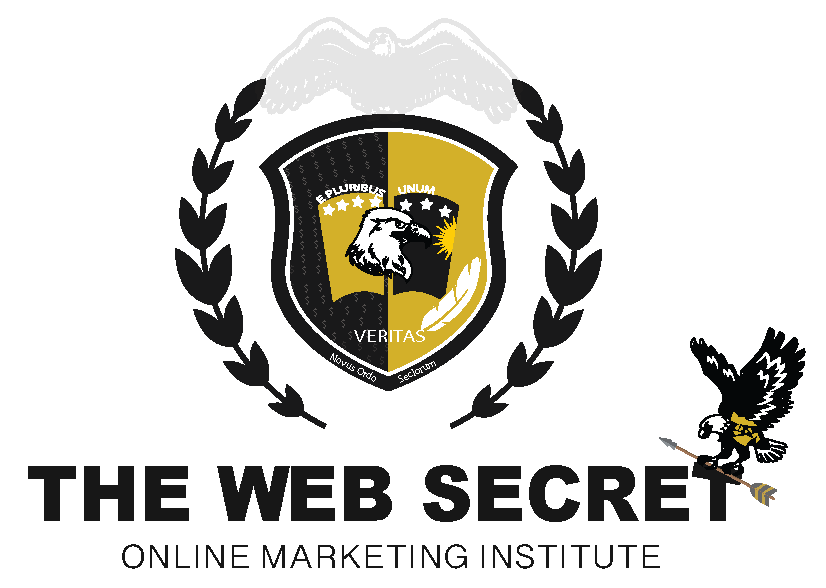
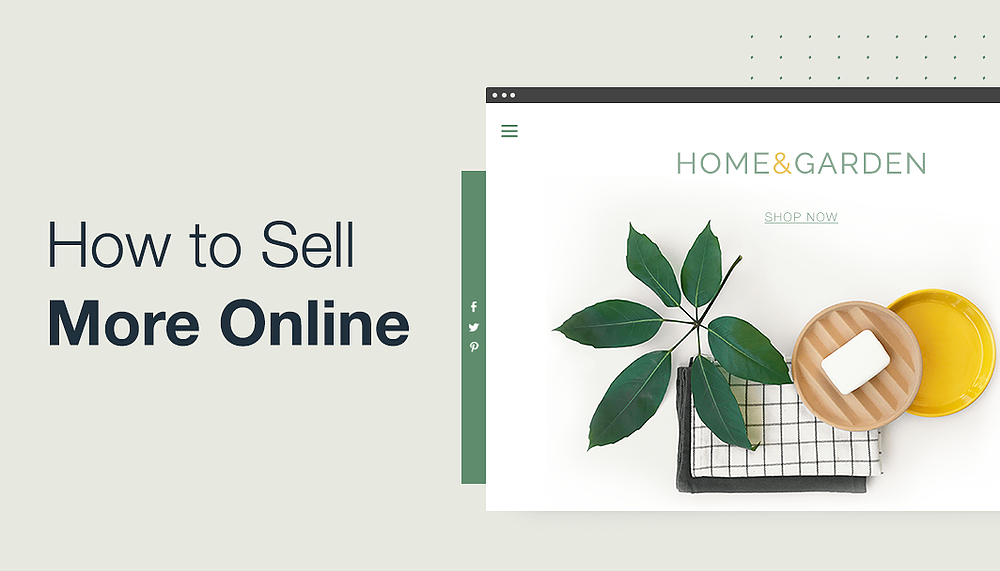

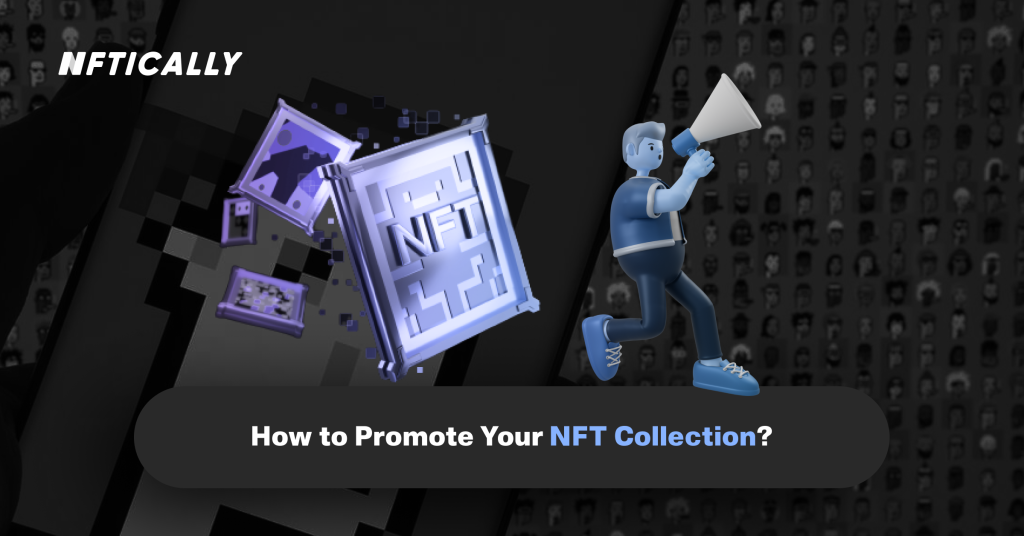
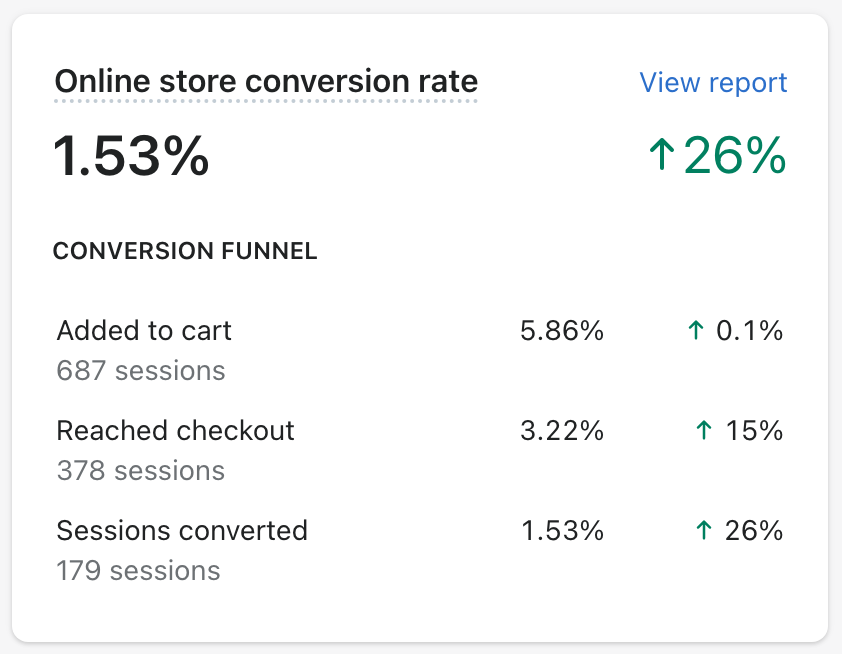
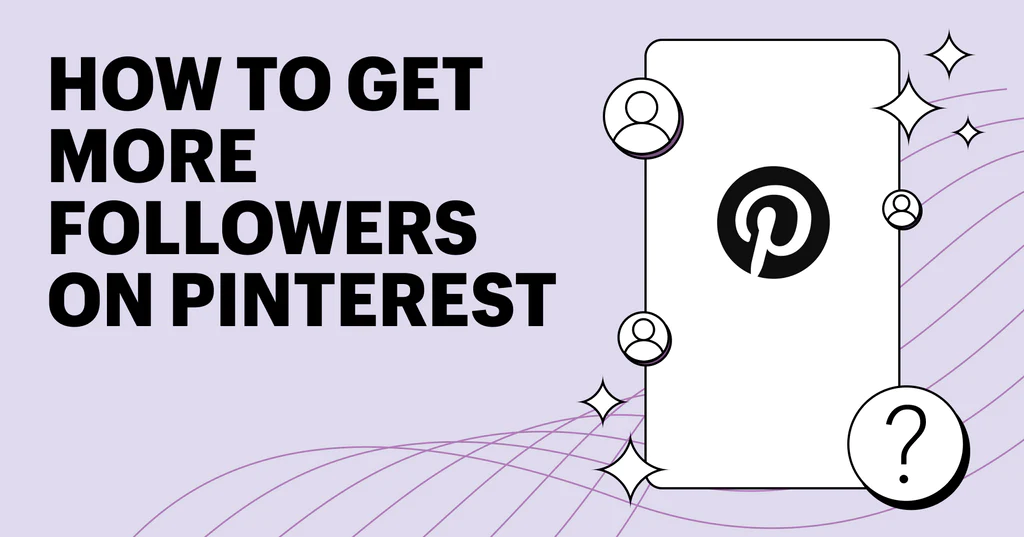
Responses